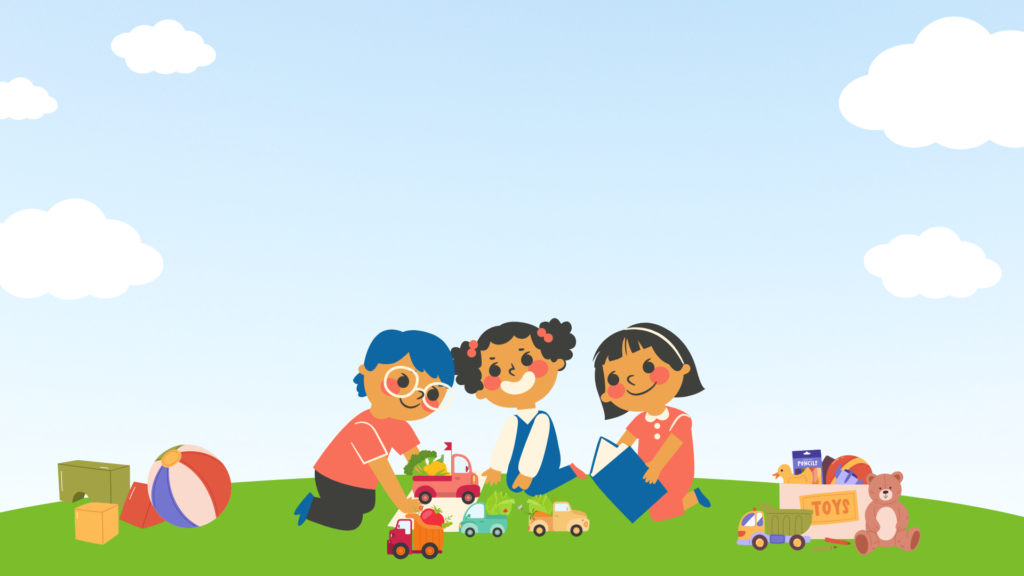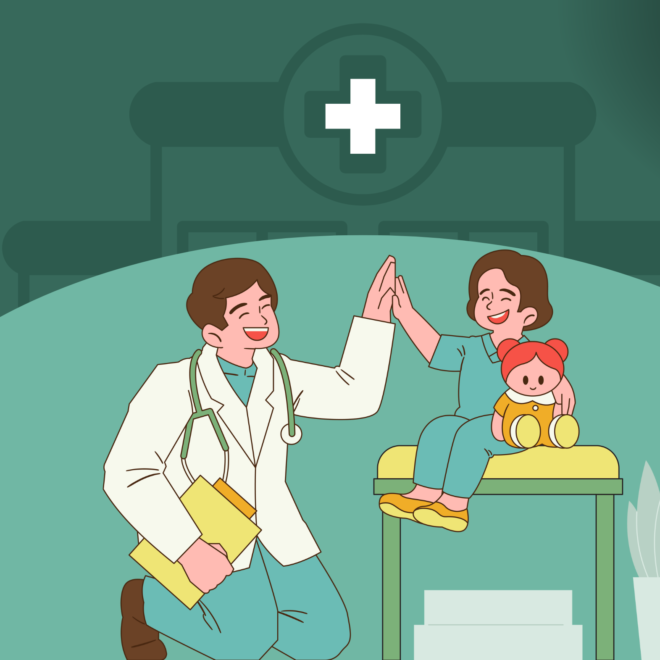|
Getting your Trinity Audio player ready...
|
With store shelves overflowing with colorful, flashing, and noise-making toys, picking the right one can feel overwhelming. From educational gadgets to classic teddy bears, toys come in all forms, making it difficult to determine the best fit for a child’s age and developmental stage.
How can you be sure a toy is appropriate, safe, and engaging enough for a child to enjoy?
Tracey Fejt, RN, a child safety expert with Banner Children’s, provides essential guidance on selecting toys wisely. Read on to discover key safety considerations, injury prevention tips, and age-appropriate gift ideas.
Ensuring Safety: Tips for Buying Toys
Every year, approximately 200,000 individuals in the U.S. visit emergency rooms due to toy-related injuries, most of whom are children aged 14 or younger. These incidents often occur due to unsafe toys or improper use.
To enhance safety and ensure a secure playtime, consider these essential toy safety guidelines:
Read Labels Carefully
Toy packaging is often bright and eye-catching, but it’s important to check for these crucial safety labels:
- ASTM Certification: Indicates the toy complies with safety standards set by the American Society for Testing and Materials. Look for “ASTM F963” on the packaging.
- Age Recommendations: Suggests the suitable age range for the toy.
- Choking Hazard Warnings: Highlights small parts, such as marbles or balloons, that may pose a choking risk, particularly for young children.
- BPA-Free or Phthalate-Free Labels: Ensure the toy is free from harmful chemicals, making it safer, especially for teething children.
- UL Certification: Electronic toys should bear the UL (Underwriters Laboratories) mark, confirming they meet electrical safety standards.
- CPSC Approval: The Consumer Product Safety Commission (CPSC) conducts additional safety checks on toys.
“If you’re uncertain about a toy’s safety or usage, contact the manufacturer or check the Consumer Product Safety Commission website,” Fejt advises. “The CPSC enforces safety regulations and issues recalls for hazardous products.”
Avoid Toys with Small Parts
Children under three should not be given toys with small components. If you have children of different ages, ensure their toys remain separate to prevent hazards.
“Small parts can present choking risks, and certain toys shaped like cups or bowls may pose a suffocation hazard if they lack ventilation holes,” Fejt explains. “Loose magnets are particularly dangerous when swallowed.”
Discard Packaging Immediately
“The packaging materials can include small pieces that may cause choking or suffocation, so dispose of them as soon as the toy is unwrapped,” Fejt advises.
Monitor Noise Levels
Electronic toys can sometimes be excessively loud, potentially harming a child’s hearing. Test the volume before purchasing or research noise levels online.
Buy from Trusted Retailers
“Be cautious when purchasing from platforms like Temu or other sites lacking product standards,” warns Fejt. Counterfeit toys found on such websites may not meet safety requirements.
Secure Battery Compartments
Toys containing small or button batteries should have tightly sealed compartments to prevent children from accessing them.
Be Aware of Strings and Cords
Avoid toys with loose cords, straps, or strings, as these pose strangulation hazards. Never attach toys with strings or ribbons to cribs or playpens.
Invest in Safety Gear
When purchasing items like skateboards or ride-on toys, include appropriate protective equipment, such as helmets and wrist guards.
Choose Durable Toys
Ensure toys are well-constructed to withstand active play. Regularly inspect them for wear and tear, and repair or discard damaged toys.
Best Toy Options by Age Group
Birth to 6 Months: Stimulating the Senses
In the first six months, babies are discovering their environment.
“Toys that enhance sight, sound, and touch are ideal,” Fejt says. “Bright colors, bold patterns, and soft textures are especially engaging.”
Best toys for this stage:
- High-contrast soft toys
- Toys that crinkle, jingle, or squeak
- Soft, washable rattles
- Mobiles or activity gyms
Tip: Opt for lightweight toys large enough to prevent choking.
6 to 12 Months: Developing Motor Skills
As babies grow, they refine their grasping abilities and hand-eye coordination.
“Toys that encourage both fine and gross motor skills are perfect at this stage,” says Fejt.
Best toys for 6 to 12 months:
- Stackable rings and cups
- Push-button toys that light up or make sounds
- Board books with large, colorful images
- Soft, washable dolls or stuffed animals
- Soft blocks for stacking and knocking over
Tip: Babies still explore by putting things in their mouths, so choose sturdy, chew-safe toys without small parts.
1 to 3 Years: Encouraging Exploration
Toddlers are actively learning how things work and enhancing their coordination. Toys that foster movement, imagination, and hands-on play are excellent choices.
Best toys for 1 to 3 years:
- Shape sorters, stacking blocks, and nesting cups
- Push-and-pull toys
- Dolls and stuffed animals
- Toddler puzzles
- Dress-up costumes
- Toy kitchen sets, telephones, and tea party sets
- Large crayons for early drawing
- Tricycles, balance bikes, and ride-on toys
Tip: “If you buy a ride-on toy, also get a properly sized helmet,” Fejt advises.
4 to 6 Years: Boosting Creativity and Social Skills
Preschoolers enjoy role-playing, mimicking adults, and exploring their creative sides. They begin recognizing letters, numbers, and colors, making educational play more engaging.
Best toys for 4 to 6 years:
- Action figures and Barbie dolls
- Arts and crafts supplies
- Sports equipment
- Pretend play sets like dollhouses, kitchens, and cleaning sets
Tip: Use non-toxic, washable art materials to encourage creativity while keeping messes manageable.
7+ Years: Encouraging Problem-Solving and Hobbies
Older children develop specific interests and enjoy challenging activities that involve strategy, planning, and hands-on projects.
Best toys for 7 years and up:
- LEGO or construction sets
- Beginner science kits
- Remote-controlled toys
- Experience-based gifts like tickets to events
- Board games and puzzles that require strategic thinking
- Outdoor equipment like bikes and sports gear
Tip: Follow age recommendations on advanced kits, as they may include small parts that pose a choking hazard to younger siblings.
Final Thoughts
Selecting the perfect toy can be an exciting and fulfilling experience. Prioritizing safety, developmental value, and the child’s interests ensures your gift will be both enjoyable and beneficial.



